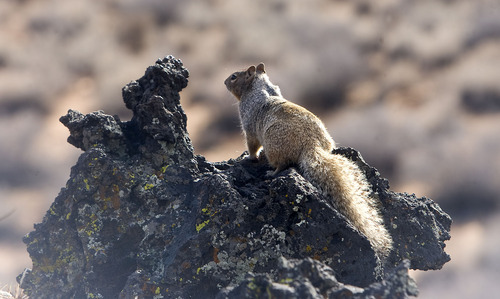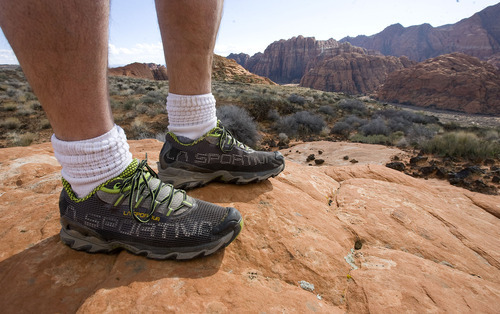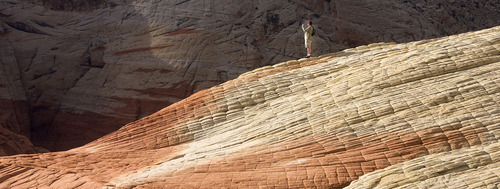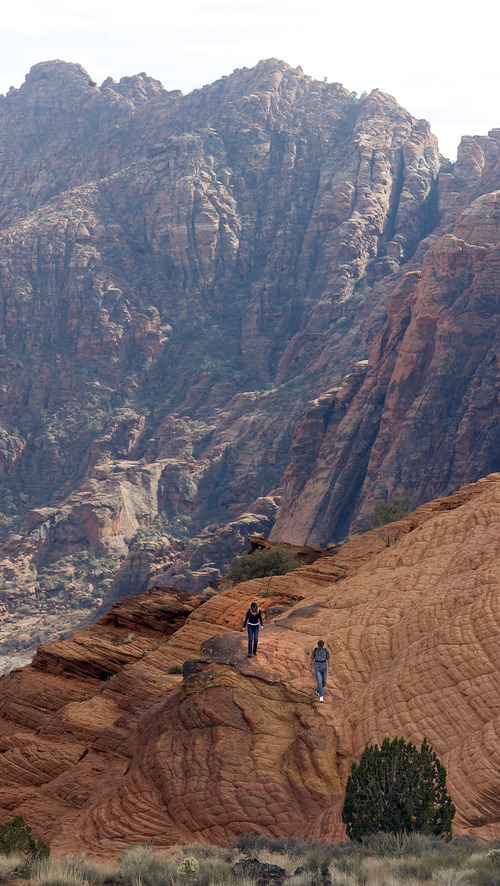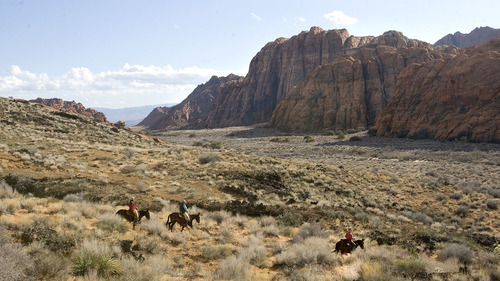This is an archived article that was published on sltrib.com in 2012, and information in the article may be outdated. It is provided only for personal research purposes and may not be reprinted.
Complaints over lack of access to some areas within Snow Canyon State Park have prompted a Utah lawmaker to consider sponsoring legislation to overhaul management of the scenic Washington County recreation area.
Rep. Don Ipson, R-St. George, said he is ready to draft legislation to transfer management of Snow Canyon from the Division of State Parks to Washington County or a consortium that could include the county and cities surrounding the park — St. George, Ivins and Santa Clara. Whether he does depends on the outcome of discussions to overhaul the complex management structure.
Ipson said he also wants to abolish the $6 entrance fee for area residents who drive through the park on their way to somewhere else.
According to Ipson, surrounding cities and the county are currently investigating whether they should be more involved in the park's management and could share such resources as police departments to patrol the area, and city park departments to operate and maintain it.
"All I want to do is provide better access to the park," said Ipson, who noted he has heard complaints from people about trail closures at Snow Canyon.
Fred Hayes, interim director of the Division of State Parks and Recreation, confirmed that complaints about the current management plan include limited access for visitors who come to hike and ride horses or mountain bikes in the redrock park. ATVs are not allowed.
Hayes said trail closures are used to protect the fragile ecosystem, which includes a portion of the Red Cliffs Desert Reserve, created in 1996 to protect the threatened desert tortoise. Trails are often closed to protect the animal and its habitat.
Washington County is already responsible for managing the tortoise habitat conservation plan, approved by U.S. Fish and Wildlife. But other state and federal land agencies also have a stake in the park. The Bureau of Land Management, for example, is responsible for overseeing two wilderness areas inside Snow Canyon.
Under the current management structure, any changes are approved by the state park's board and don't need legislative action. Ipson said he would become involved only if the parties involved can't agree on needed changes.
Hayes agrees more input is needed from the county and surrounding cities to better identify what the public wants and to anticipate future needs. "We try to be sensitive to the needs of the [public], but sometimes miss the mark."
But such issues as loss of revenue from reducing revenue from fees need to resolved before any changes are made.
Kristen Comella, the park's manager, said any management structure for the park will be unique because of the tortoise population and the wilderness areas. She said any management plan must strike a balance between recreation and protecting habitat. Trail closures are necessary at certain times of year to protect the tortoise.
Comella notes that the park is always adding new trails and climbing routes to its recreation inventory. She said she hears only occasional complaints about trail closures. Washington County Commissioner Denny Drake said nothing definite has been decided about the county or other cities or combination taking over the park, but he expects an understanding eventually will be reached.
Different people and groups want different things from the park. "Some want it to be as pristine as a national park. Others would like to see more use along with preservation," he said.
According to Drake, some visitors are upset about the closure of an area known as the sand dunes. While visitors can still access part of the dunes, they now have to hike to get there. He said the change was made to protect the dunes from overuse.
Whatever happens, Drake said any management plan must conform to rules for protecting tortoise habitat established by U.S. Fish and Wildlife.
Kai Reed recently established Friends of Snow Canyon to help support the park financially and possibly sponsor educational programs in area schools. She hopes members of her group will be allowed to help maintain trails and perform other chores where staff is spread thin. Changing the management structure will be tricky, she predicted.
"It's a delicate line to walk," said Reed. —
About Snow Canyon
History • Created in 1958, it is the third largest park in Utah's system.
Name • It is named after Lorenzo and Erastus Snow, early pioneer settlers in Washington County.
Location • Just north of St. George on State Road 18.
Size • 7,400 acres, 85 percent of them within the Red Cliffs Desert Reserve, created in 1996 to protect threatened desert tortoise.
Visitation • 344,000 visitors in 2011. Visitation has risen 4 percent annually since 2005.
Fees • $6 per vehicle with up to 8 occupants.
Camping • Two facilities for $16 a night without hookups; $20 a night with hookups. Camping fees include entrance fee.
Budget • In 2011, operating costs were $316,000. Fees generated $425,000, with the extra money going to State Parks fund.
Source: Utah State Parks


